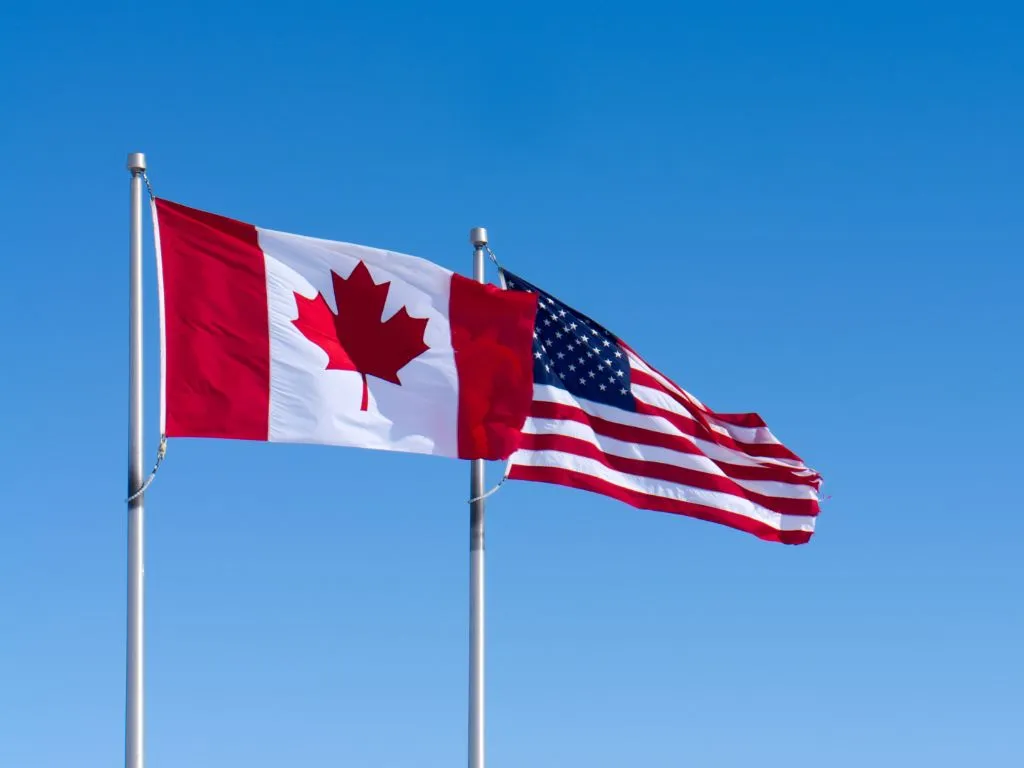

Reference source : Canadian government
GHS Hazardous chemicals Labelling Safety data sheets (SDSs) GHS Canada USA Hazardous Products Regulations HPR Hazardous Products Act HPA U.S. Hazard Communication Standard HCS
The governments of Canada and the United States use different regulatory frameworks for managing hazardous products in the workplace. Canada’s Hazardous Products Regulations (HPR) under the Hazardous Products Act (HPA) and the U.S. Hazard Communication Standard (HCS) outline specific labeling, classification, and safety data sheet (SDS) requirements. While both systems follow the Globally Harmonized System of Classification and Labelling of Chemicals (GHS), there are notable differences. The following is a detailed comparison of these differences.
1. Supplier Identifier
Canada: The SDS and label must include the Canadian supplier’s name, address, and telephone number. Exemptions apply for importers who use hazardous products only in their workplaces or who list their own information instead.
U.S.: The SDS and label must include the contact information of the U.S. manufacturer, importer or responsible party without exceptions.
2. Water-Activated Toxicants
Canada: Labels and SDSs must include an additional hazard statement for products that release toxic gases upon contact with water.
U.S.: A supplemental hazard statement is required if the workplace contains substances that release toxic gases under normal or emergency conditions.
3. Toxicological Information in SDSs
Canada: Requires detailed descriptions of toxicological effects, including symptoms, routes of exposure, and acute toxicity estimates (ATEs). Additional toxicological data may be included if not misleading.
U.S.: Includes similar requirements, but also requires information on interactive effects and potential carcinogenic classifications by the National Toxicology Program (NTP) or the International Agency for Research on Cancer (IARC).
4. Confidential Business Information (CBI)
Canada: Allows use of prescribed concentration ranges for trade secrets without requiring the narrowest range possible.
U.S.: Mandates that the narrowest possible range be disclosed. Combined ranges may be used under specific conditions.
5. Labeling Multi-Container Shipments
Canada: Labels are required for each container unless exemptions apply for small or outer containers.
U.S.: Only the innermost container needs labeling; outer containers are exempt.
6. Small Package Labeling
Canada: Containers ≤100 mL may omit precautionary and hazard statements, and containers ≤3 mL may omit labels if they interfere with use.
U.S.: Similar exemptions apply, but a statement is required directing users to complete the label information on the outer package.
7. Bulk Shipments
Canada: Labels are not required, but the same information must be provided on SDSs.
U.S.: Labels may accompany shipments as electronic documents or appear on shipping papers or the immediate container.
8. Bilingual Labeling
Canada: Labels and SDSs must be in both English and French.
U.S.: Labels and SDSs are only required in English.
9. Explosives and Desensitized Explosives
Canada: Excludes explosives from the HPR as they fall under the jurisdiction of the Explosives Act.
U.S.: Includes explosives and desensitized explosives in the HCS framework.
10. Combustible Dusts
Canada: Labels and SDSs are only required for products in dust form that present a combustible hazard.
U.S.: Classification and labeling are required for products that may create combustible dust hazards when processed or used.
11. Carcinogen Labeling in Mixtures
Canada: Mixtures containing carcinogens at ≥0.1% must have both labels and SDSs.
U.S.: Labels are required only for mixtures containing Category 1 carcinogens ≥0.1% or Category 2 carcinogens ≥1%.
12. Hazards Not Otherwise Classified (HNOC)
Canada: Requires labeling for Physical Hazards Not Otherwise Classified (PHNOC) and Health Hazards Not Otherwise Classified (HHNOC).
U.S.: Does not require labeling for HNOCs but allows optional pictograms with the designation "HNOC".
13. Biohazardous Infectious Materials (BIM)
Canada: Includes a specific BIM hazard class with labeling requirements and an SDS appendix.
U.S.: Does not regulate BIM under the HCS.
Summary
While Canada’s HPR and the U.S. HCS share common objectives, these key differences reflect different approaches to workplace hazardous material safety. Employers, manufacturers and importers operating in both jurisdictions should ensure compliance with the unique requirements of each regulatory framework.
If you want to access the GHS report, please Register here in GPC Intelligence Portal click here
